An optimized clothing system for use deep out in the backcountry is one that is as versatile, simple, and effective as it can possibly be.
For me, it could be 100 degrees out or -30 degrees out, I could be in the desert or in the jungle, I could be high in the mountains or out at sea, I use the same exact clothing system for every single one of my trips.
.jpg)
My main system consists of just 9 core pieces:
And 4 auxiliary pieces:
.png)
 SHIRT
SHIRT
A good do-it-all shirt system should accomplish 8 things:
- 🔥 It should have the ability to trap air and retain body heat when needed
- 🛡️ It should be able to block the wind
- 💨 It should be able to efficiently vent body heat
- 🌫️ It should be breathable - meaning it should allow perspiration in the form of water vapor to pass through it
- 🌵 It should dry quickly, ideally within a matter of minutes in the sun
- 🦟 It should be mosquito bite proof
- 💎 It should be durable enough to withstand bushwacking through rough environments
- ☀️ And it should protect your skin from the sun
In order to accomplish these 8 things, most hikers use some combination of a t-shirt, a sun shirt, a wind shirt, and some type of a “hiking” shirt.
Using combinations of these 4 pieces is one way to meet your 8 requirements, but, to minimize unnecessary redundancies, I personally like to use a single, do-it-all shirt to fulfill my needs.
I like to use a:
- hooded shirt
- with a full or ¾ length front zipper
- made with a thin, breathable, uncalendered nylon fabric
For me, an ideal shirt fabric is woven (not knit) tight enough to block bugs and wind but loose enough to be breathable.
My favorite shirt fabric is Pertex Quantum Air.
In the past, I’ve used a Patagonia Airshed and a Patagonia Houdini Air which are made with variations of Quantum Air fabric. I’ve also made a few of my own Quantum Air shirts.
Quantum Air does an amazing job at fulfilling all of the requirements except for 1. That is durability. It does a surprisingly good job with short term use. You can do some pretty intense bushwacking with it if you’re careful, but it’s achilles heel is long term use. Sun exposure, sweat, and constant light abrasion will cause this shirt to wear out over time and be easily susceptible to tearing.
I’m okay sacrificing a bit of durability for better performance but it’s definitely a sacrifice.
.png)
 PANTS
PANTS
The requirements a pair of do-it-all hiking pants are basically the same as the requirements for your shirt system with just 2 small differences:
- 💎 They need to be held to a higher standard for durability,
- 💨 And the ability to vent your pants great to have, but isn’t critical.
For the past few years my main hiking pants have been the Exofficio Sandfly Pants which are made with a thin, durable, breathable nylon fabric.
- 💎 The Sandflies are built with a fabric that is just thick enough to be sufficiently durable,
- 💨 And they feature mesh vents on the inside of the legs which are amazing in hot weather and at the same time aren’t too much of an annoyance in cold/windy weather.
.png)
 FLEECE
FLEECE
Although a fleece can be useful as a stationary layer, the real purpose of a fleece is to provide insulation as an active layer.
In order for a fleece to be effective as an active layer, it needs to do 3 things:
- 🔥 It needs to insulate you
- 🌵 It needs to dry quickly since it’ll be exposed to moisture from both the environment and the wearer
- 🌫️ And it needs to be breathable in order to let perspiration pass through it
In order to meet these needs there are 2 main qualities that we should look for in a fleece:
- ☂️ An ideal fleece is made with fibers that won’t absorb a lot of moisture so that it’ll retain it’s insulative value and will dry quickly.
- 💨 Also an ideal fleece should be airy and lofty meaning it should be constructed in such a way that it traps a lot of air within it’s fabric. An airy fleece will be warmer than a thinner, denser fleece, it’ll dry faster, and it’ll be more breathable
When you look at your fleece selection through such a critical lens, the obvious choice is to use a fleece made with Polartec Alpha Direct fabric.
To describe this fabric as simply as possible, it basically made up of a bunch of tiny little polyester fibers that are attached to a polyester mesh.
Polartec makes a bunch of different weights of Alpha Direct but for probably 95% of hikers, using one of the lighter weights is going to be the best option.
Before I started using Alpha Direct fabric, for a while I used a Patagonia Capeline Air Hoody which is another good option for an “airy” fleece.
In windy conditions, your fleece will be most effective when worn underneath a ventable wind blocking layer like your shirt or, even better…
.png)
 SHELL JACKET
SHELL JACKET
Your shell jacket.
Shell jackets are usually an under-utilized clothing piece.
A shell jacket that’s used effectively should accomplish 4 things:
- 🛡️ Ideally, it should be able to completely block the wind
- 🔥 It should be able to trap air in order to retain body heat
- 🌫️ It should be able to effectively vent body heat and perspiration
- ☂️ And, obviously, it should block out the elements and keep you dry
Waterproof breathable jackets are amazing… when they work.
Maybe I just haven’t found the one yet but I’ve tried all these, which are some of the most popular options and none of them have been waterproof after prolonged use, even with continuous DWR treatments:
- Montbell Versalite
- Patagonia Storm Racer
- OR Helium II
- Frogg Toggs Ultra-Lite²
- MYOG 1.2 oz WPB DCF
- MYOG RSBTR 1.4 oz 10D WBP
Out of these jackets, for long(ish) term use, my favorite jacket by far was actually the Frogg Toggs. It is by far the least breathable though.
The problem is, waterproof breathable shells (their membranes and DWR) are highly susceptible to degradation from:
- Stretching
- Abrasion
- Body oils
- Sweat
- Sun exposure
- Chemicals & food
- Dirt & dust
- Sun screen
- Bug spray
- Washing
- Regular use
Waterproof breathable shells absolutely do have their place, but, for a do-it-all shell, I prefer to use waterproof fabric.
Waterproof shells are also more wind resistant than waterproof breathable shells so they’ll provide more insulation in high winds.
With my shells, I personally avoid features like pit zips and pockets because they’re prone to leaking and their zippers create a possible failure point.
Most outdoor clothing brands design their shell jackets to have an athletic cut but this is the opposite of what we want.
In my opinion, the perfect do-it-all shell jacket is:
- 🧥 Very loose fitting to provide sufficient ventilation and allow ease for layering underneath
- ✖️ Is as simple as it can be and does not have any unnecessary features that will add weight, leak, or be susceptible to failure
- ☂️ Is made with waterproof fabric to block the wind and keep out moisture
- 💨 And is able vent properly through the cuffs, waist, and front zipper
The shell jacket above is built with 1.1 oz Silpoly PU4000 from Ripstop by the Roll which is lightweight, durable, and tapeable.
.png)
 SHELL PANTS
SHELL PANTS
Your shell pants share all of the requirements that your shell jacket has but there are some important differences:
- 💨 It’s harder to vent your shell pants
- 👖 It’s harder to take your shell pants on and off
- 🔥 In cold/windy weather, your shell pants may be even more important as an insulating piece than your shell jacket
- 💧 Your shell pants may be exposed to more external moisture from wet vegetation
- 🌊 And, you have to take into account that if you’re going to be wading through water, your legs and next-to-skin pants are going to be wet underneath your shell pants
For these reasons, I prefer to sacrifice weather resistance for breathability and use waterproof breathable shell pants instead to waterproof shell pants.
I personally really enjoy the feel and increased mobility of slim shell pants, but I’m a bit of a nut for that.
I’d definitely recommend using loose fitting shell pants to maximize ventilation.
With most of the waterproof breathable shell pants that I build for my trips, I like to waterproof the crotch area with either tape or a light layer of sealant since it’s the area that’s by far the most susceptible to having the WPB fabric wear out.
.png)
 PUFFY
PUFFY
Your shirt, fleece, and shell should provide you with sufficient insulation in most 3-season conditions BUT throwing a puffy into the mix becomes useful when you’re:
- ❄️ hiking in extreme cold,
- 🗿 or if you spend a lot of time stationary (taking breaks, hanging out in camp)
A puffy jacket really only has 1 requirement: it needs to insulate you as effectively and efficiently as possible.
Usually, to achieve that high level of efficiency with your puffy, you’ll be sacrificing breathability for insulative value.
The 2 main types of insulation for puffy jackets are down and synthetic.
Down insulation is:
- 🔥 warmer for its weight,
- 🔥 generally warmer for its loft,
- 💎 more durable,
- 🤏 and more compressible
BUT, synthetic insulation is:
- 💲 cheaper,
- 💧 more moisture resistant,
- 🌵 dries quicker,
- 😁 and is more user-friendly
Generally, synthetic insulation is better for wet environments and down insulation is better for drier environments but, both insulation types can be used effectively and efficiently in any type of environment.
A few points to add clarity:
- Synthetic insulation (especially one marketed for outdoor use) will retain most of it’s insulative value when it’s damp or even wet. For this reason, bringing a synthetic jacket can be an excellent safety measure on a backcountry trip.
- Synthetic insulation will not clump up or shift and create cold spots. It works reliably without any fuss. On an extended trip, this quality is surprisingly nice to have.
- Since synthetic insulation always holds its shape (which allows for airflow) and is generally made with polyester (a hydrophobic material) it will dry much faster than down (which will clump up when wet). This quality is especially useful when you accidentally expose your puffy’s insulation to a lot of moisture or when you have moisture absorb into your insulation and freeze. Frozen clumps of down are THE WORST!
- All that being said, I think that the fear that most people have about getting their down insulation “wet” is mostly unjustified. If you’re using your clothing system effectively, your down insulation should NEVER get damp or wet. A down jacket should (almost) never be worn in the rain when you’re hiking, that’s what your fleece is for. Moisture from things like snow, condensation, and perspiration can be easily managed.
- High humidity will reduce the loft of your down, especially high fill power down, but this isn’t too much of a hindrance.
- A properly cared for down garment will last a LONG time, in comparison, synthetic insulation will breakdown and wear out significantly faster.
My favorite synthetic insulation is Climashield Apex. It’s marketed as “the lightest and most thermally efficient continuous filament insulation on the market today”.
I build all of my down pieces with cheap 800-900 fill power down from Amazon or AliExpress. For me personally, I haven’t found paying a premium for special down to be worth it. I haven’t found more expensive down to be higher quality, I don’t think that 1000+ fill power down is worth it, and I don't think that “hydrophobic” down is worth it.
The shell of the puffy above was built with Membrane 10 Nylon
A puffy is made up of 3 layers: 2 shell (fabric) layers and and insulation layer.
Although the shell layers of a puffy DO provide a significant amount of insulation by trapping air, the bulk of a puffy’s insulative value comes from the insulation itself.
The technicalities of how an insulation insulates are beyond the scope of this video but the main factor to consider when judging the insulative value of a piece is its loft (how thick it is).
Insulation is a ridiculously nuanced thing but to way oversimplify things, what you really need to know is:
Loft = Warmth
I personally like to use a high loft puffy because a high loft puffy will give you the highest warmth to weight ratio.
Most of the weight of most puffies is just in their shells so when you increase the loft of a puffy by adding insulation, you’re adding a significant amount of insulative value WITHOUT a big weight penalty.
The down jacket in the image above is built with a box baffled torso to increase loft and reduce cold spots. The baffles are spaced far apart to further reduce cold spots and reduce unnecessary compression of the down.
A good rule of thumb to aim for is to always have your down jacket’s insulation be heavier than it’s shell (it’s fabric and components). If you follow this rule when shopping for / building ultralight down puffies, it’s hard to go wrong.
For a serious hiking trip, depending of environmental conditions, I generally like to bring a puffy when the temperatures are going to be below 10-25 degrees.
In negative temperatures or in high winds, I like to have a hood with a fur ruff and sometimes I like to wear a buff or balaclava.
A fur ruff, especially one made with a fur that has long guard hairs, can provide a shocking amount of warmth while at the same time not hindering your peripheral vision too badly.
Although a face covering (like a buff, balaclava, or ski mask) can be a critical part of your cold weather clothing system, this isn’t always the case so I didn’t include it in this 13 piece clothing system.
 GLOVES
GLOVES
An ideal do-it-all glove system should accomplish 7-9 things:
- 🦟 It should protect your hands from bugs
- 🔥 It should keep your hands insulated
- 🛡️ It should block the wind
- ☂️ It should keep your hands dry
- 🌵 It should be able to dry quickly
- 💎 It should be durable
- 👌 And it should allow you to maintain your dexterity
If you need it, it should also
- ☀️ Protect your hands from the sun
- 🧤 And prevent blisters when using trekking poles
I’ve found using a 3 glove system fits these needs the best for 3 season conditions:
Sun gloves, liner gloves, and shell gloves.
.png)
☀️ The sun gloves are for sun and bug protection.
The material for these doesn’t really matter too much, they just need to be able to breath well and dry quickly.
If you’re going to be using trekking poles for long periods of time, try to get sun gloves with leather palms.
Here’s a good option (Amazon)
.png)
🔥 The liner gloves are for insulation.
Ideally, these should be extremely breathable and they should be able to dry quickly.
Wool and fleece are the most common and probably the best materials for these.
Wool is going to be warmer but fleece dries faster and is more durable.
Here’s a good option for wool gloves (Amazon)
.png)
☂️ Shell gloves are the gloves that I take on pretty much every trip.
They block the wind, block out moisture, provide insulation, and dry extremely fast.
I don’t know of a shell glove that even compares to the Showa Temres Gloves.
Shown above: the 282s with the liners cut out.
They’re lightweight, durable, they don’t hinder your dexterity, they’re just bombproof.
.png)
 HAT
HAT
Next up is a hat which necessary to block the sun and protect your face from weather.
A hat is not a complex piece. The main requirement that I have for my hats is they need to be made with a thin, synthetic fabric so that they’ll dry quickly.
For most trips, I like to wear a sun hat for sun protection, but for wet, cloudy environments, I like to wear a baseball cap.
.png)
 SOCKS
SOCKS
The requirements for your socks (or sock system) are really more trip specific and dependant on personal preference/needs.
Although socks are an EXTREMELY important part of a clothing system, I actually think that most people overrate socks in terms of their importance and expect too much from their socks.
Most of the problems that people put on their socks really should be put on their shoes.
Whenever I'm trying to solve a problem with my feet (preventing blisters, adding insulation, adding cushion, etc.) I always make sure that I improve my shoes before I improve my socks. Shoes are always the source of, and solution to all foot problems, not socks. Socks can definitely help but they can only do so much.
For trips where I’m wading through water a lot and the temperatures are consistently below freezing, I like to use Sealskinz Waterproof Knee Length Socks. I do not use these to keep my feet completely dry (that would be unrealistic), I use them for insulation.
My 2 favorite general purpose socks are:
.png)
 TRAIL RUNNERS
TRAIL RUNNERS
Trail running sneakers have become the standard footwear for ultralight hiking.
Compared to traditional hiking boots, trail runners:
- 🎈 Are significantly lighter
- 🌵 Will dry significantly faster
- 👟 Are less bulky and clunky
- 🙂 Generally conform to your feet better and are more comfortable
Just like your socks, the trail runners you choose are really more dependant on personal preference/needs and more trip specific.
My favorite trail runners are the La Sportiva Akyras
.png)
 BOOTS
BOOTS
The cherry on top to complete the whole ensemble and have a gear system that you can use for almost any trip is a pair of specialized boots.
That could be mountaineering boots, ski boots, snow boots, whatever your more extreme trips call for.


